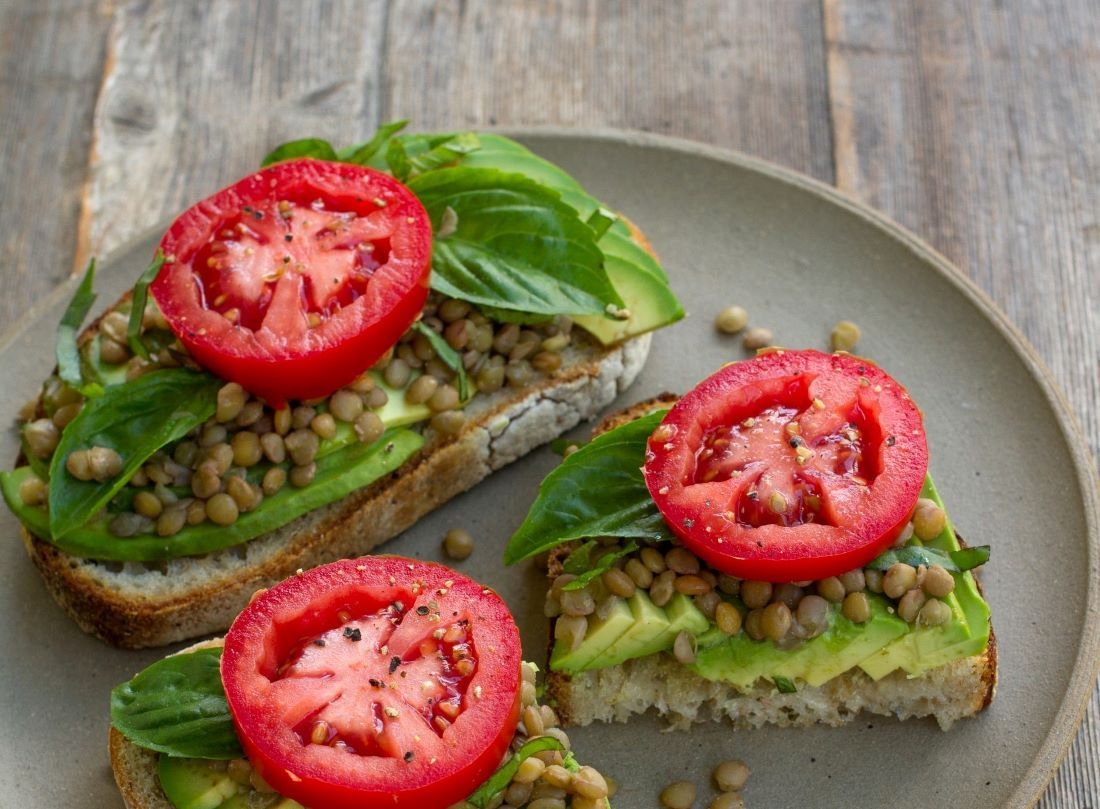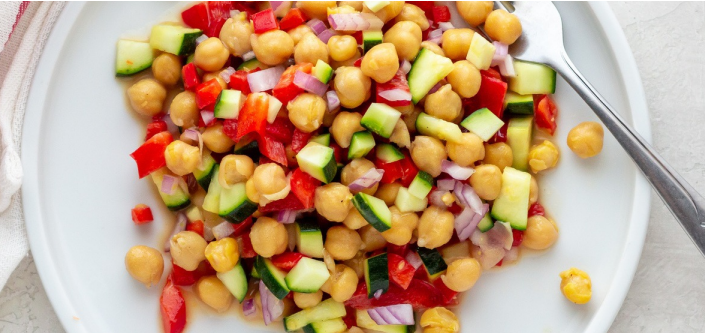
Low calorie and high fiber: The beauty of beans and legumes
As we slowly head into spring, I find that the way that we eat starts to change as we are looking for lighter, cooler meals that are easy to digest. It is a time of year when I start to increase my intake of legumes. This week, I will be looking the nutritional value of adding these foods to your diet, as well as the health and dare I say financial benefits that they offer. Legumes are also versatile which is another reason why I love having them as part of my weekly meal plan. I will also look at the difference between legumes and beans as this can cause some confusion.
So, let us start by clearing up this confusion, legumes come from plants that bear their fruits in a pod like the green bean, whereas beans are the seeds that grow from a variety of plants like the broad bean. If that is confusing because the term ‘bean’ using the following analogy should clear it up. If we think of cars, legumes are like the Astin Martin of cars, but not all cars (beans) can be Astin Martins. To keep things simple, I will just be using the term legumes in this article.
There are many health benefits of adding legumes to your diet, they are low in calories, they are a great source of fiber and this has several advantages, not only will it slow down your digestion allowing for better absorption of nutrients, but it will also keep you feeling fuller for longer. As they are so full of fiber, this a great food for people who are diabetic as legumes will also help to maintain blood sugar levels, avoiding those spikes that simple carbohydrates (see last week’s article) produce in the body. Not only are these little gems inexpensive but they are also loaded with B vitamins, iron, calcium, zinc, and magnesium, they are low in fat, making them ideal for those who are looking to reduce their intake of fat. Studies have shown that they are known to help reduce your risk of heart disease, high blood pressure and diabetes . If you are looking for alternative sources of protein legumes are amazing, by combining them with whole grains you will have an excellent source of protein, not only that but they are very inexpensive in comparison to meat, making them a great addition to your grocery list.
As legumes are relatively bland this makes them so versatile, they can be used to make brownies, burgers, chili’s, soups, and salads. We do not always have the time to think ahead and soak the beans overnight but having a few canned legumes in my pantry has saved me from cooking a meal on several occasions. It is important when using canned legumes that you rinse them thoroughly until the water runs clear. I will then mix up several cans, such as kidneys beans, chick peas and garbanzo beans, by simply adding some chopped up cucumber, a little crumbled feta and a few chopped nuts, I then drizzle a little olive oil and lemon juice over the top, with some salt and pepper – you literally have made yourself a healthy, tasty meal in minutes. For those looking for a little kick, you could easily add some chopped onions and/or garlic.
Legumes have a long shelf life and can be kept up to year in a dark, cool place. If you choose the option of dried legumes, once they have been soaked, it is important to not overcook them as they will quickly become quite soggy, they should be tender not firm. Once cooked you can store them in the fridge for several days and they could always then be added to wraps, cooked brown rice or a green salad, to complete a meal.
When storing and using legumes, it is always best to use what you already have and then refill your storage container with the fresher ones from a packet, as if you mix them (fresh and older ones) up you may find that they cook unevenly.
If you are someone who has never really eaten a lot of legumes, you will probably find that when you start eating them, you may be feeling a little bloated and gassy afterwards. This is completely normal as it is the friendly bacteria in your gut which is breaking down the sugars, starches, and fibers, which results in the gas. As you start to eat these foods more regularly you will find that these discomforts will reduce as your digestive system adapts to this new food which is so full of fiber.
Legumes used to be thought of as the poor man’s meat, however today I look at them more as another healthy option to add to our diets, as they are also traditional foods which are found in the Mediterranean diet. This lemon maple chickpea recipe is ready in minutes and can be easily eaten for lunch or dinner, so give it a try and see what you think.
Send your nutrition questions to susan@susanalsembach.com
Header Photo: Anna Pelzer Unsplash










